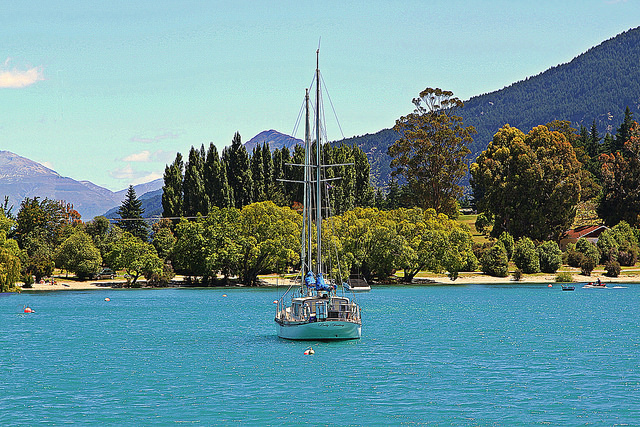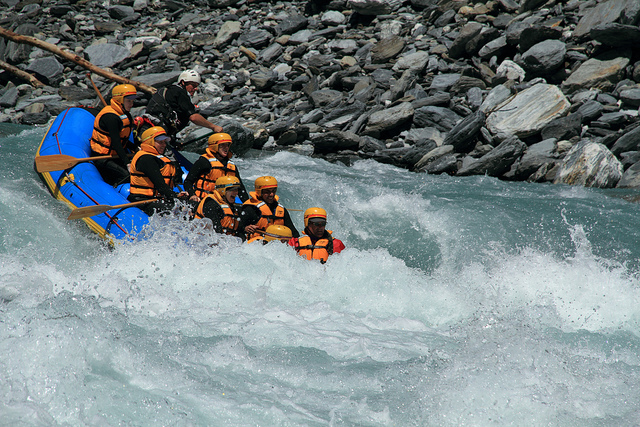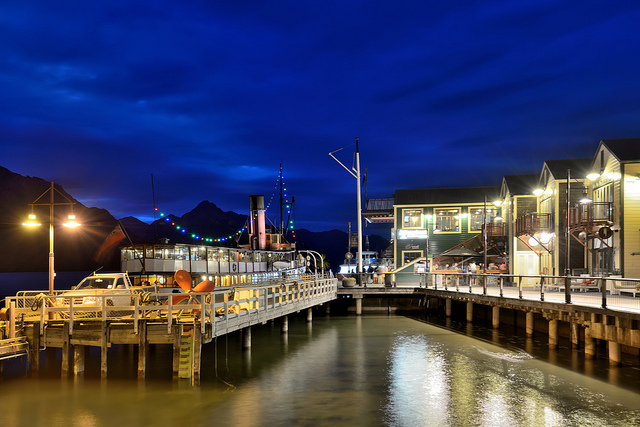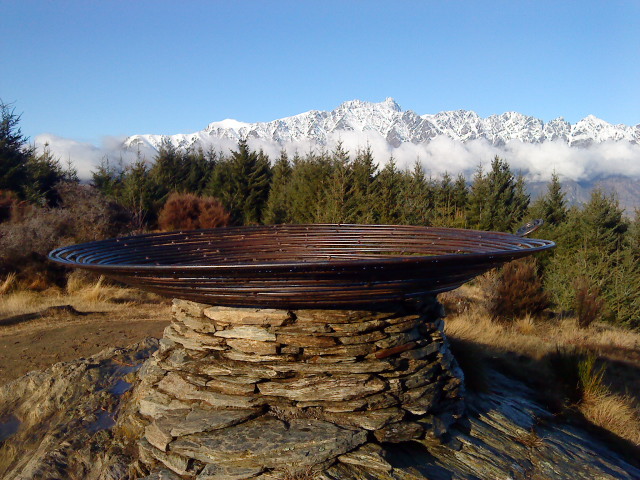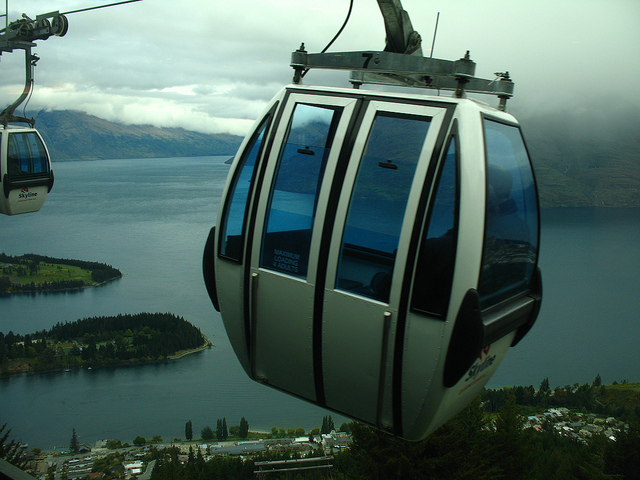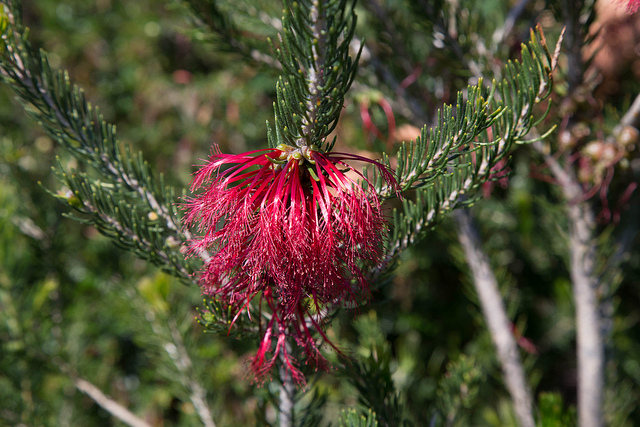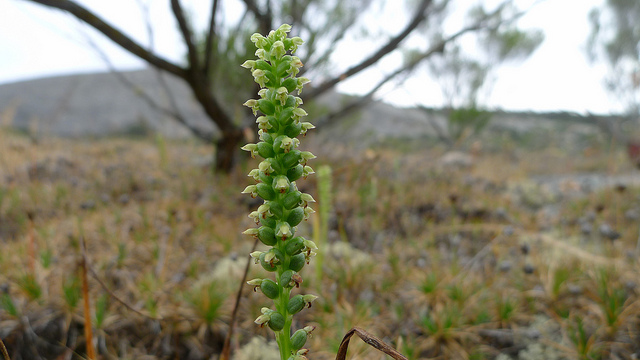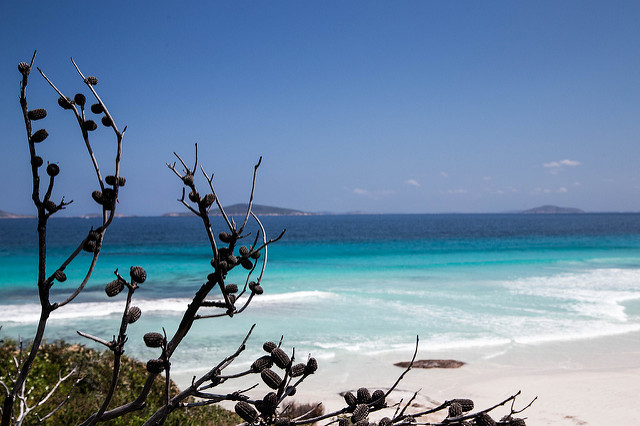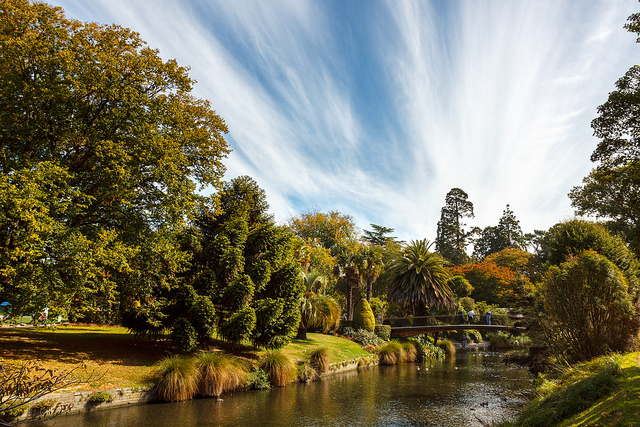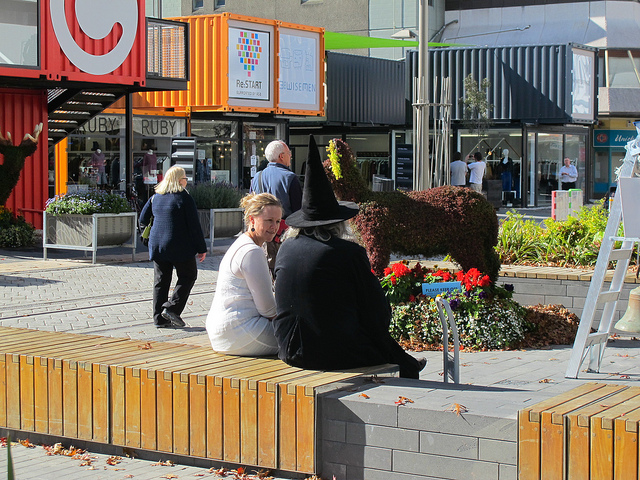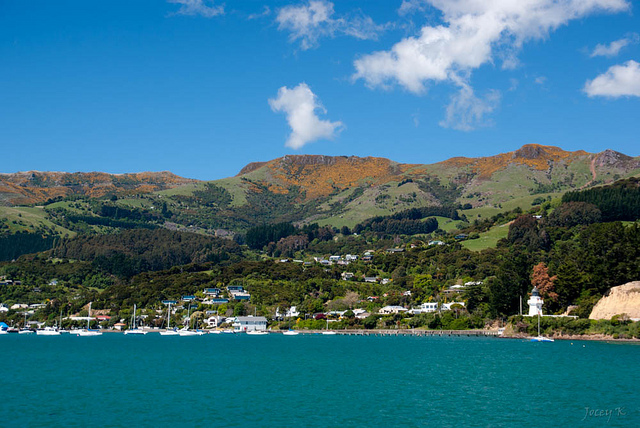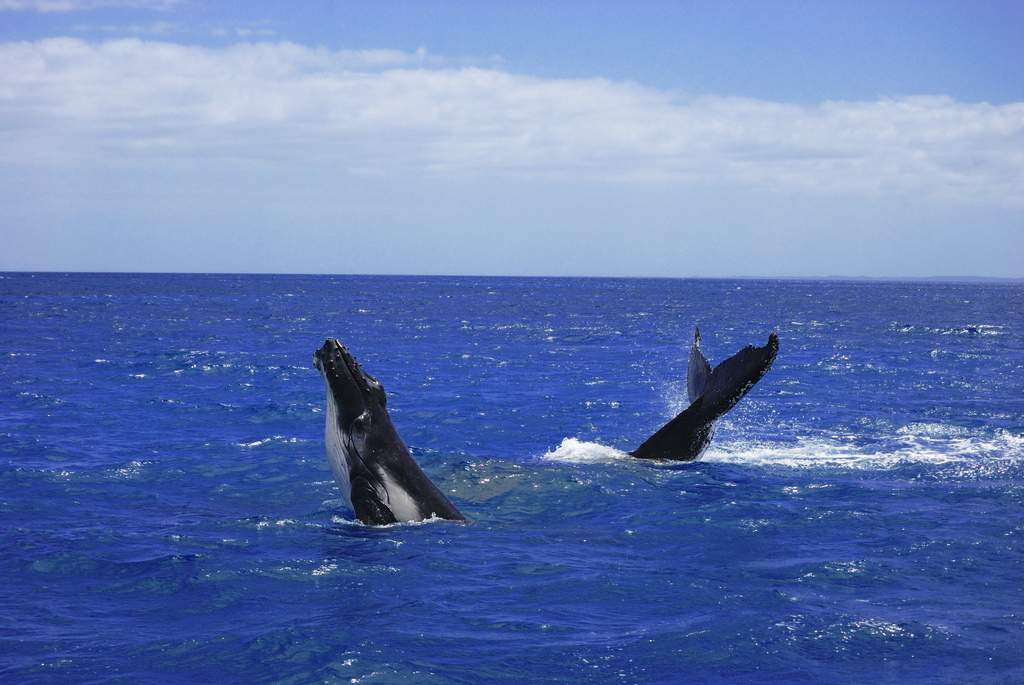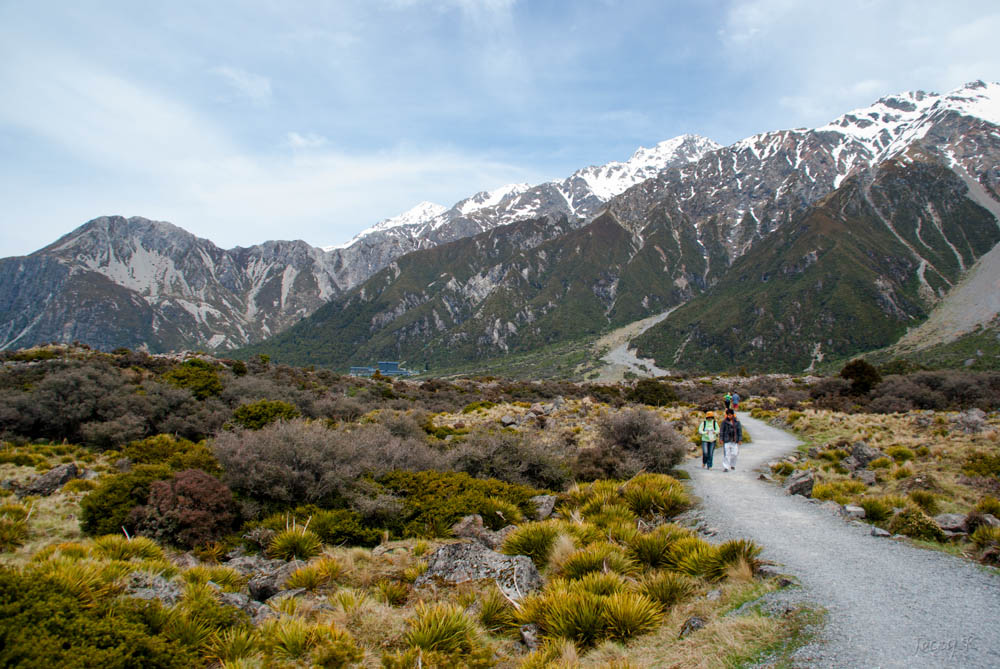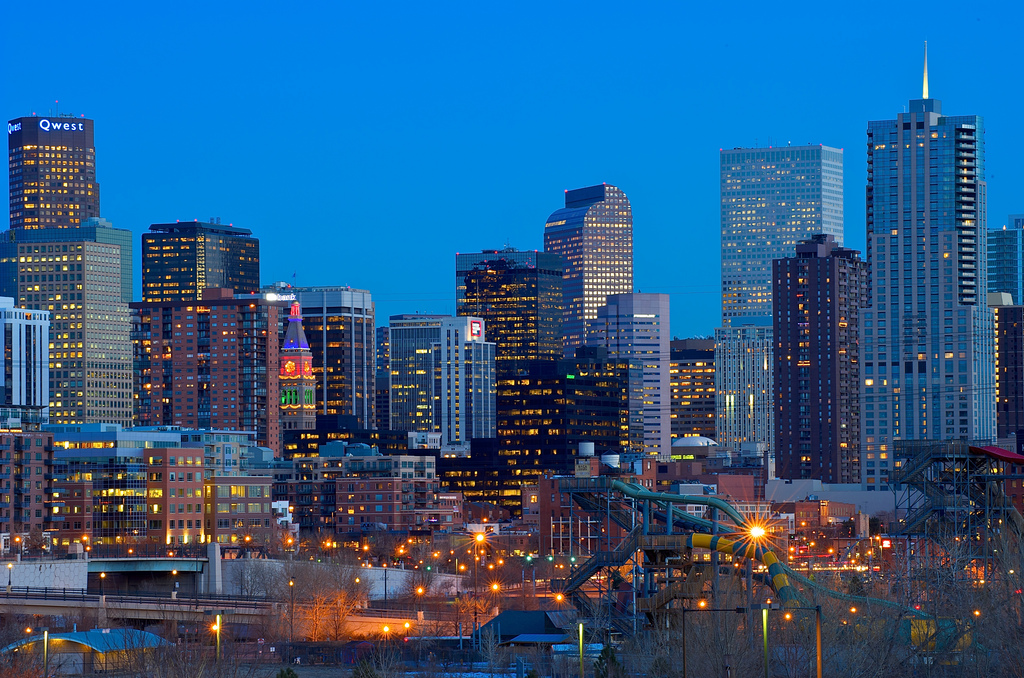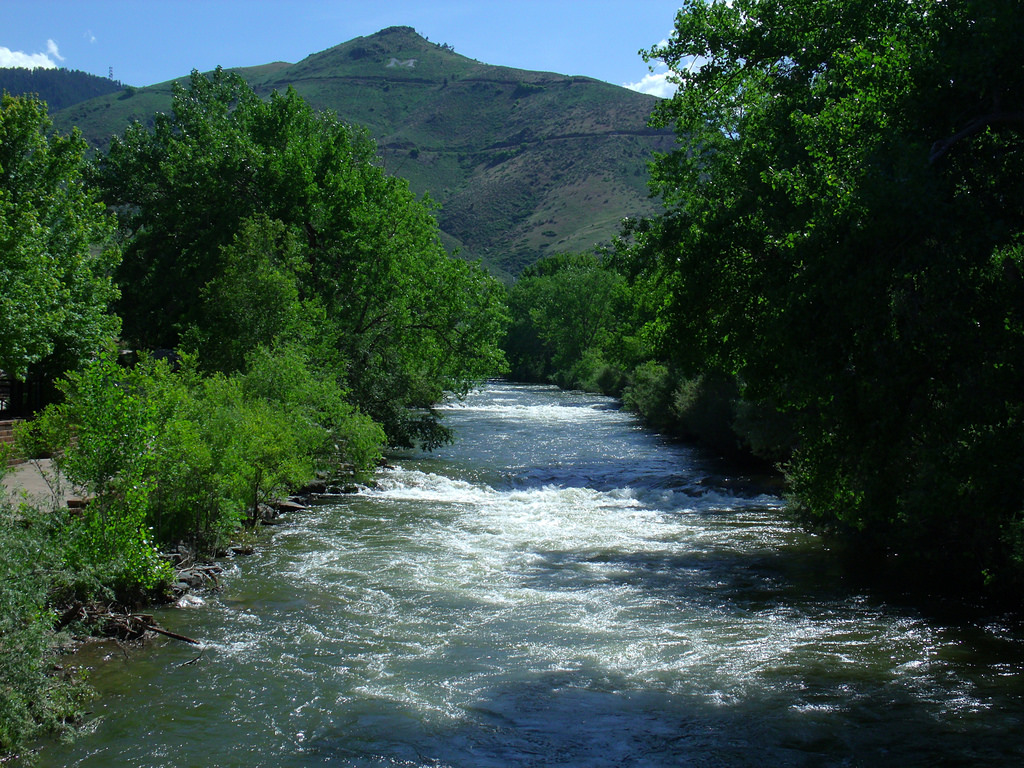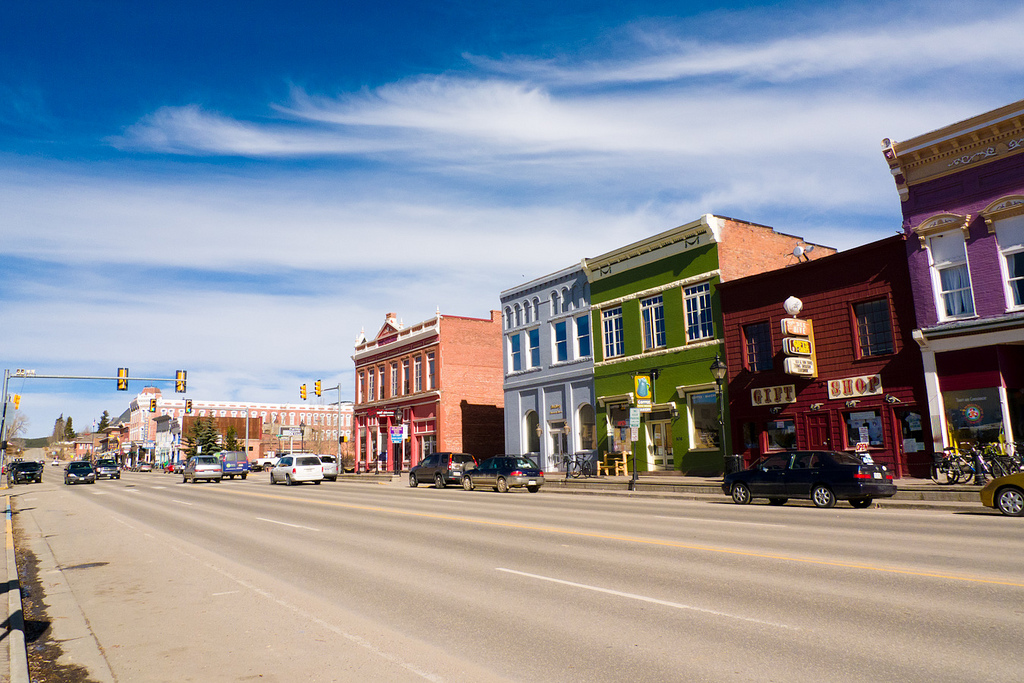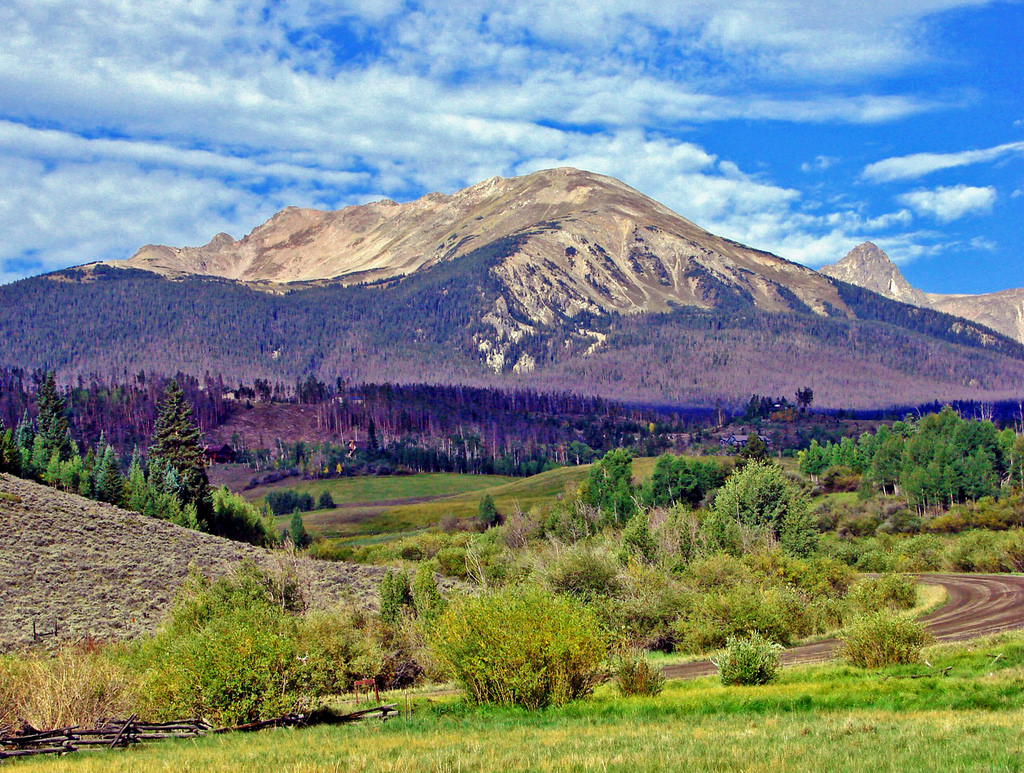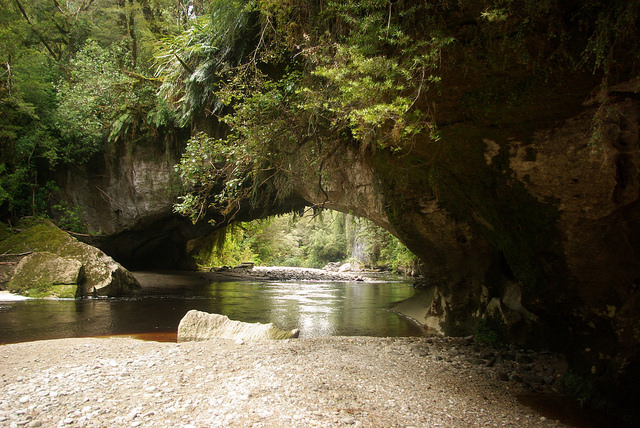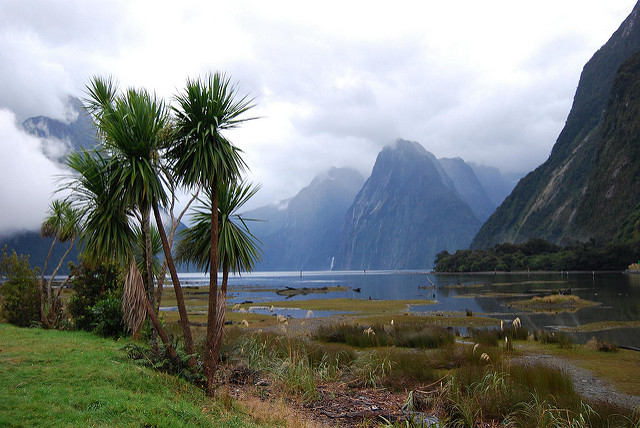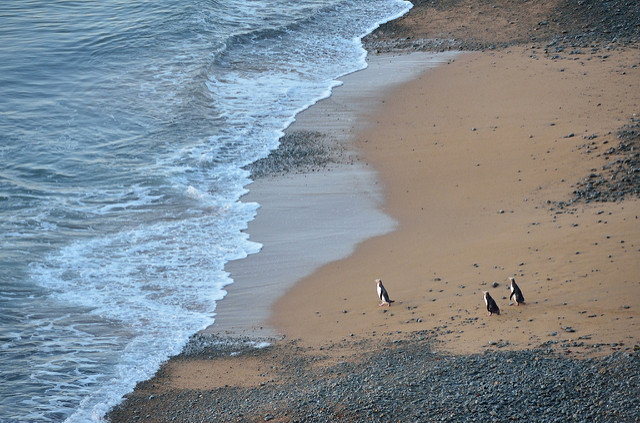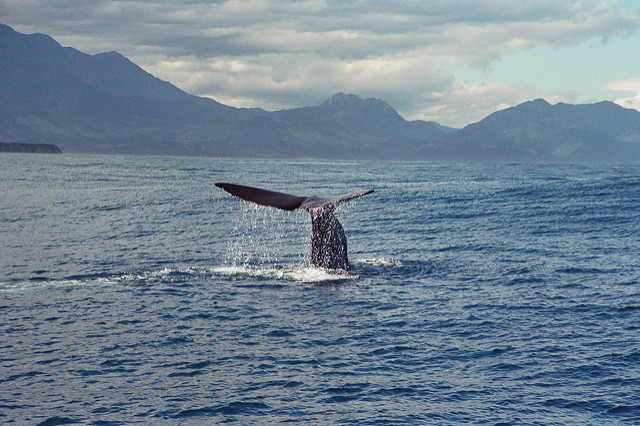The area where amazing mountain ranges embrace the unbelievably clear water of Lake Wakatipu, where the flavors of Chardonnay become more citrusy and where Pinot Noir vineyards roll over the hills. The self-proclaimed “home of adventure bucket list”. Welcome to Queenstown, New Zealand.
Why spring?
Because the days are longer, colours change and you have a wide range of offers. For example, you can hit the slopes (usually until mid-October) and make the most of the abundance of sunshine in comparison with winter. Also, all of a sudden, you have so many more options for dining out (and by “out” we really mean “out”). This is the time when keen beach-goers start flocking at numerous beaches in the area.
Where can I stay?
Depending on the type of traveler you are and your budget, you may choose anything from campgrounds to luxurious hotels and resorts. The best starting point for choosing accommodation is most likely this.
I want adventure
Apart from the traditional skiing and snowboarding, Queenstown prides itself on whitewater rafting, river surfing, canyon swinging and thrills on a jet boat. However, real adrenalin addicts say that you haven’t been to Queenstown if you haven’t tried bungee jumping.
I want even more adventure
Well, you can organize a wedding here and springtime is the perfect season. Just imagine you and your loved one amidst some of the most breath-taking landscapes. When it comes to the atmosphere, anything goes. From cheerful bridesmaids’ dresses and outstanding groomsmen suits to completely informal dress code. From classical music to dubstep. You just need to make up your mind.
Culinary delights and night out
With over 150 restaurants, bars and cafes, the Queenstown region caters to everyone’s taste. What’s more, you’ll find many specialized food shops, wineries and local farmers’ markets selling organic produce.
There is nothing better than enjoying a nice night out following a nice dinner. Whether you choose some of the vibrant nightclubs with live music and DJs, or a more quiet place, you’re guaranteed a great time.
Visit movie locations
There aren’t many people who don’t know that The Lord of the Rings trilogy was filmed in New Zealand. It was only logical to shoot the Hobbit trilogy here, as well, right? And what about Wolverine?
So, if you’d like to visit some of the locations featured in these and many more movies and to experience the scenery that inspired many famous filmmakers, you’ve come to the right place. Many local agencies will offer various types of tours and they promise no dragon will wake up during the tour. And if you prefer to explore these awe-inspiring places on your own, you can do so in a free transfer car.
Shopping
If this is what you like to do to relax, Queenstown will oblige. There are internationally renowned luxury brands, as well as local stores offering souvenirs. Naturally, you can buy all types of clothes and equipment for any of the activities offered in the area.
The best part about the shopping experience is that everything is located in the very center of the city, in the pedestrian friendly central business district (CBD).
Needless to say, the city also has the inevitable visitor booking services, post offices, internet cafes, exchange offices, ATMs and banks, should you need any of them.
Though it was early Maori who first inhabited the region, it was the discovery of gold in the local waterways in the late 19th century that started drawing many more people to this piece of heaven on Earth. Some have come to stay, some only to visit. Nowadays, almost three million people visit the city and the area each year.
You probably won’t come here to search for gold, but even if you do, chances are you won’t get rich overnight. Still, that shouldn’t dissuade you from coming here. Visiting Queenstown for fun, adrenalin rush, relaxation or wine tasting will surely make the trip worthwhile. Visiting it is spring is only going to enhance the experience.
Images:

